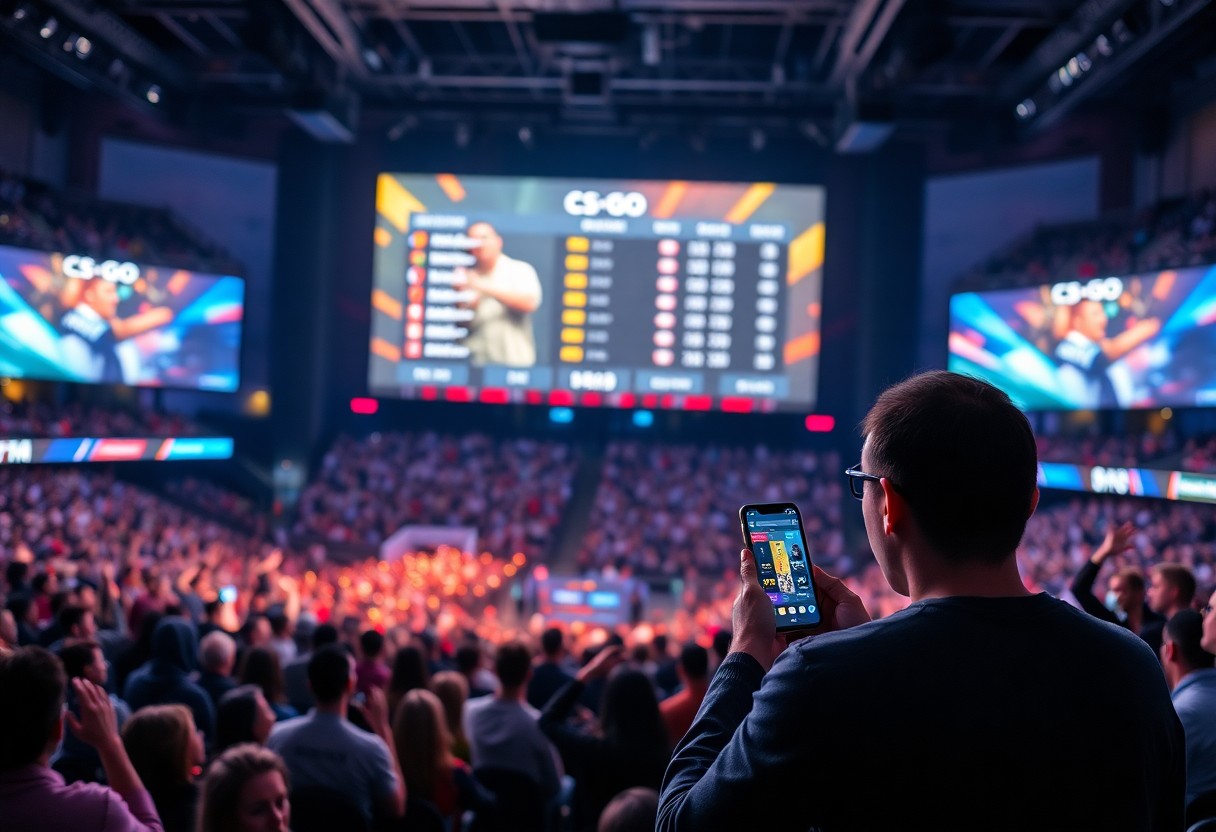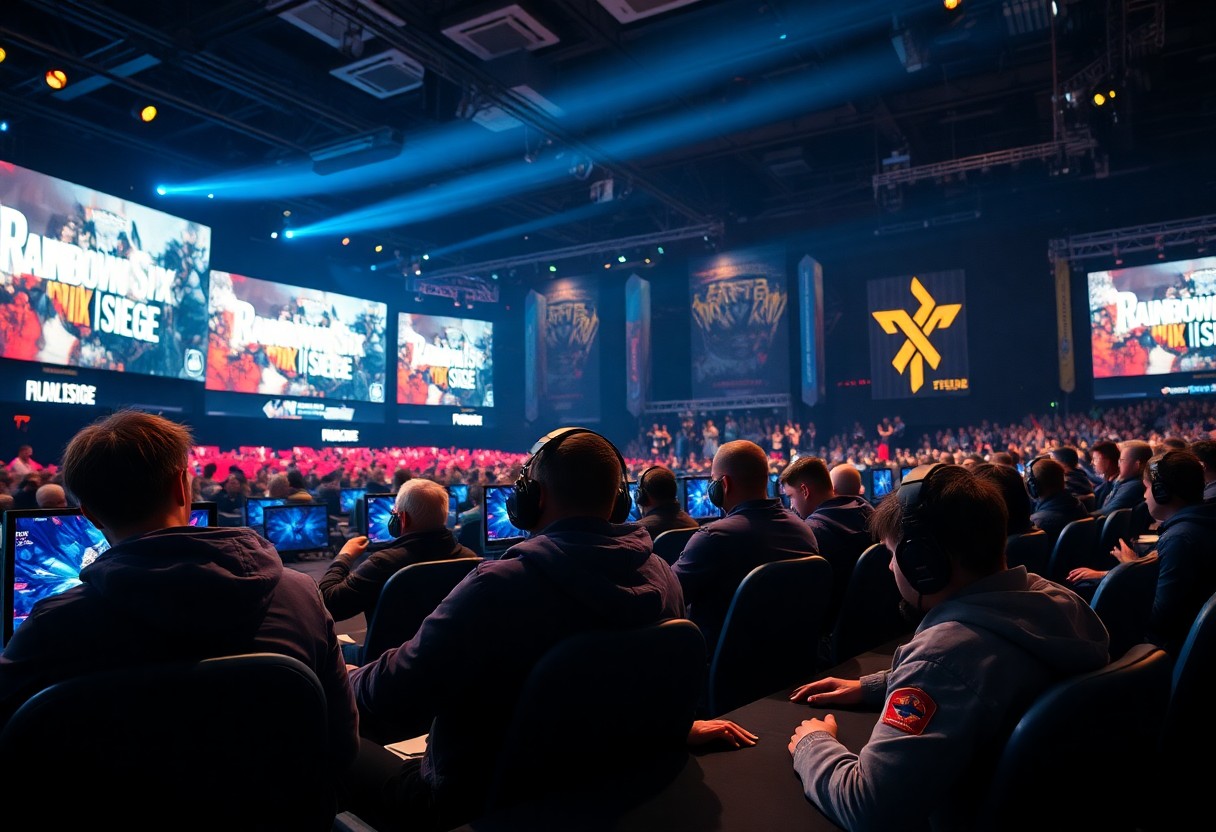R6, short for Rainbow Six Siege, has carved a unique niche in the world of first-person shooter (FPS) esports. The game, developed by Ubisoft, offers an intricate mix of strategy, teamwork, and tactical decision-making that sets it apart from traditional FPS competitive scenes. Unlike many other shooters, R6 prioritizes a blend of destructible environments and operator-based gameplay, creating a dynamic experience that emphasizes planning and collaboration over brute force.
At its core, R6 is heavily rooted in strategy, requiring players to think several steps ahead. Teams must devise specific game plans that take into consideration various operators’ abilities, strengths, and weaknesses. Each operator, categorized into Attackers or Defenders, has a unique set of gadgets and skills, which can significantly influence the game’s outcome. This operator-based system contrasts starkly with other FPS games, where character selection might not play as pivotal a role. The diversity among characters in R6 fosters an intricate layer of strategy that requires deep knowledge and constant adaptation during matches.
Another distinctive feature of R6 esports is its emphasis on destructible environments. Maps in Rainbow Six Siege allow players to breach walls, floors, and ceilings, opening up new lines of sight and altering standard tactical approaches. This environmental destruction adds a complex layer to gameplay that many traditional FPS titles lack. Players must not only secure kills but also employ a keen awareness of their surroundings to manipulate the battlefield effectively. The ability to create new paths and angles of attack makes gameplay more versatile and dynamic, enabling creative strategies developed on the fly.
Furthermore, teamwork is more pronounced in R6 than in numerous other FPS games. Each match is heavily reliant on coordination, communication, and synergy between team members. R6 emphasizes utilizing each operator’s skills in concert with teammates, making proper coordination necessary for success. Rather than focusing solely on individual skills, the game emphasizes the importance of group dynamics and shared objectives, which can introduce a more profound sense of community and loyalty among players.
The tactical nature of R6 esports also lends itself well to a more methodical pacing compared to faster-paced shooters like Call of Duty or Counter-Strike: Global Offensive (CS:GO). While both of these games have their merits, the frenetic tempo can sometimes overshadow strategic depth. R6, however, encourages teams to pause and reflect on their strategies, often leading to matches that require patience and foresight, allowing viewers to appreciate the layers of tactical thinking involved.
The development of the esports scene surrounding Rainbow Six Siege has seen significant investment and growth over the years. The Rainbow Six Pro League, alongside various international tournaments, has become a significant highlight on the esports calendar. Unlike other titles that may rely on a single format, R6 boasts a range of game modes and settings, showcasing diverse competitive play styles.
In closing, R6 esports differentiates itself through its multifaceted strategy, operator-based gameplay, destructible environments, and pronounced teamwork aspects. These unique features not only create an engaging experience for players but also elevate spectator enjoyment, fostering a vibrant and dedicated community around the game. As the esports landscape continues to evolve, R6 stands out as a beacon of tactical brilliance in the crowded FPS genre.





